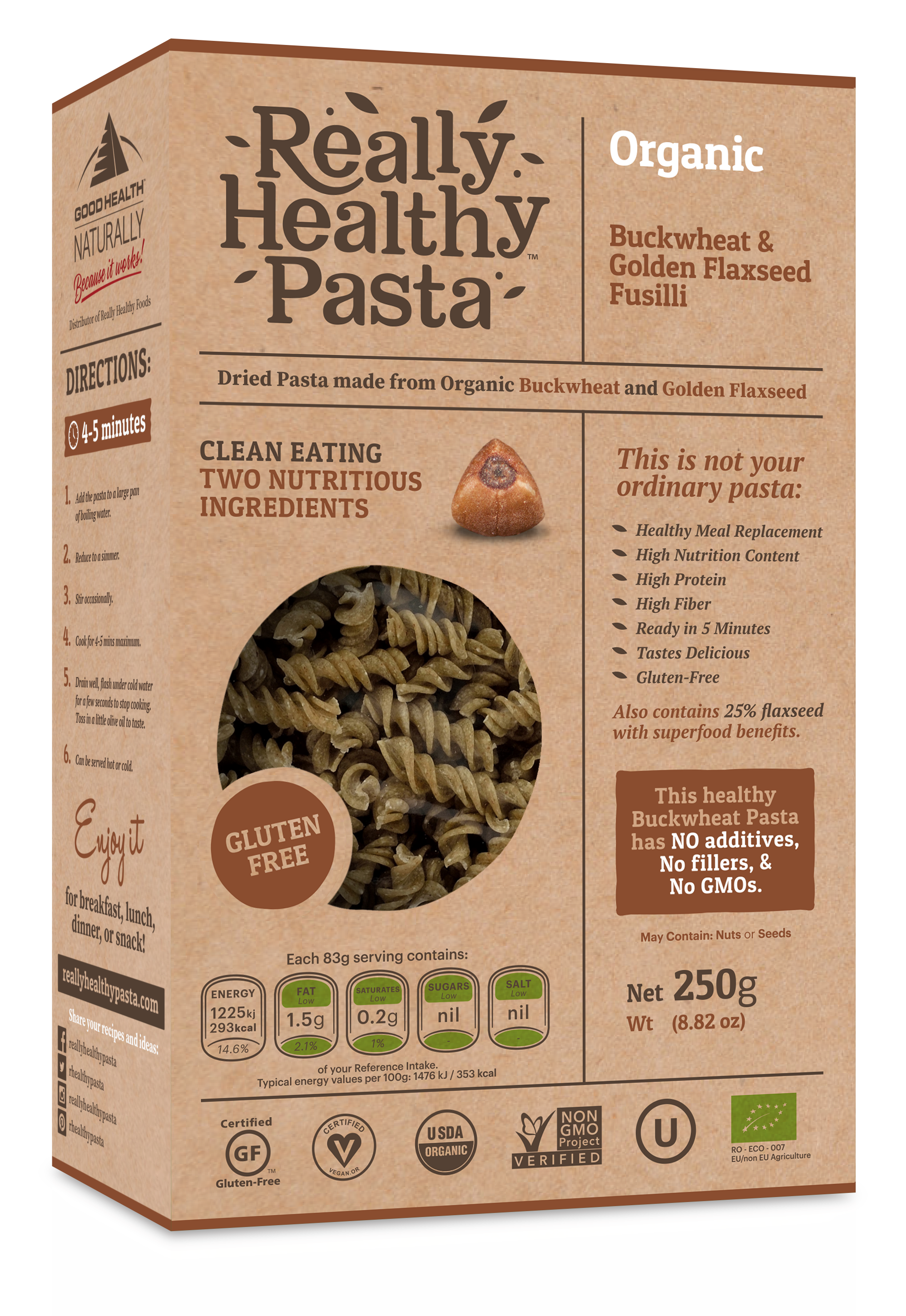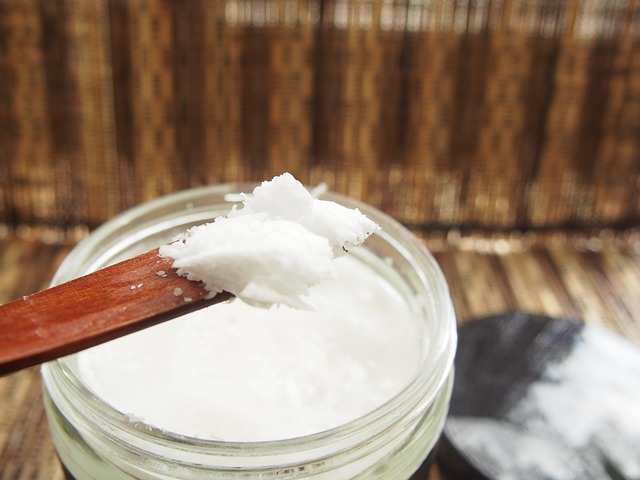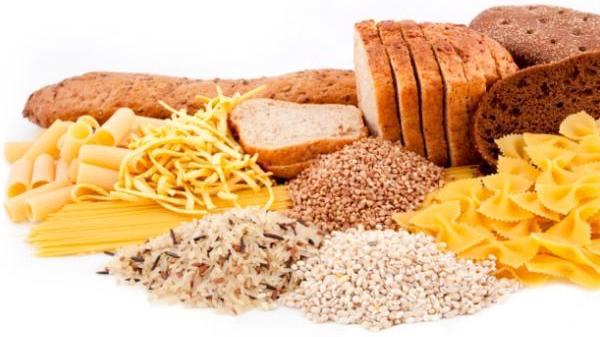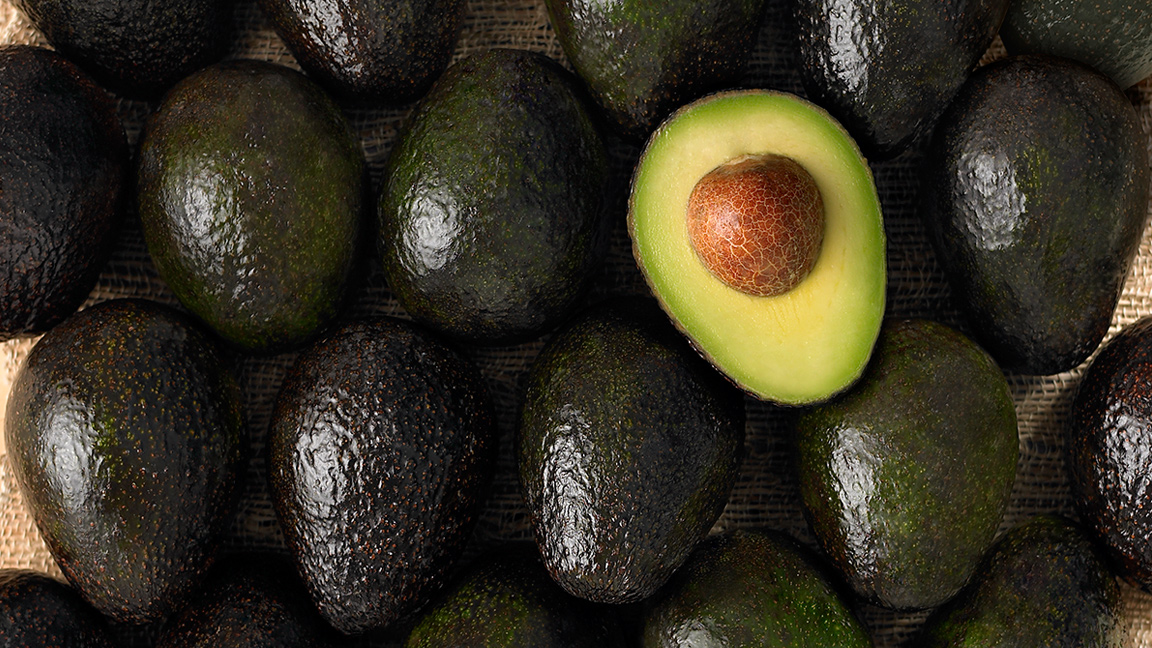Carbohydrates have gotten a bad reputation over the past decade or so as more of us are making the connection between diet and good health. Carbohydrate heavy foods such as bread, pasta and potatoes have all been stigmatised as having negative health consequences as a result.
Bread in particular due to the presence of gluten is known to set off an immune response that attacks the small intestine and impairs nutrient absorption. It’s now estimated that 1 in 100 people worldwide are affected by celiac disease that is a serious autoimmune disorder that causes abdominal bloating, fatigue, irritability, chronic diarrhoea, constipation and more.
Bread is considered harmful because of its high glycemic index and in both white and wholewheat varieties, the glycemic index score is 70 or above – meaning this is a bad carb choice for anyone who wants to manage their blood sugar levels.
Anyone looking to maintain a healthy body weight can also benefit from managing their daily carb intake. While everybody is different in terms of their biochemistry and the ideal percentage of macronutrients their body requires, that should form the basis of their diet and lifestyle – it’s important to understand that most of the body’s nutrients should come in the form of fruits, vegetables and legumes. Whole grains are best avoided as they can be highly processed and a major contributor to inflammation in the body. Chronic inflammation has been linked with increased sugar intake and consuming a high amount of cereal grains, especially wheat.
Major diseases such as cancer and heart disease are formed from inflammation in the body. It therefore makes sense that cutting back on inflammatory causing foods can help with preventing the development of these conditions.
So how do you avoid inflammation in the body? Cut out the carbs. Easier said than done however, considering that they often form the basis of so much of the modern convenience diet…Sandwiches, pizza, jacket potatoes, sushi…They might be the easy option but they are also responsible for spiking blood sugar levels sky high, leading to increased inflammation and disease in the body.
The good news is that it really is mind over matter. If you want to cut out carbs then it’s completely possible. You simply have to focus on improving what you can…Below are 10 of the best healthy food tips for cutting out carbs…
- Instead of choosing cereal, pancakes or bagels – all wheat based products, focus instead on creating a filling and protein packed breakfast. Eggs or tofu with vegetables are a good way to keep blood sugar levels steady. Try a tofu scramble or scrambled eggs. Instead of choosing toast, try them with a side of steamed broccoli or even a baked sweet potato.
- Increase the fats. Namely, coconut oil. Or avocado. Try eating avocado with eggs, or adding avocado into a smoothie for a creamy texture. Fats such as avocado are also loaded with fiber that can help you to stay feeling fuller for longer. They can also help with lowering cholesterol and triglyceride levels.
- Avoid sugar laden drinks – including fruit juice. Avoiding juice completely is a good idea as it still contains mostly sugar in the form of carbs. Sugar sweetened beverages are best avoided as they contain around 38 grams of carbs that come entirely from sugar. Having too much sugar in the diet is linked to an increased risk of insulin resistance, Type 2 Diabetes and obesity, according to various studies. To consume fewer carbs, avoiding sugar sweetened beverages is one of the best things you can do. Instead, try adding slices of lemon or lime to your glass of water to enhance the taste.
- Reach for the nuts. When you feel like eating something carb heavy such as biscuits, instead opt to choose a handful of nuts – almonds, walnuts and Brazil nuts are a good choice. Almonds are also a good source of magnesium, Vitamin B2 and phosphorus. Magnesium is an essential mineral the body needs and is crucial for energy production, healthy nerve transmission, nutrient metabolism and bone and cell formation.
- Try Buckwheat Flour. If you feel that life without your morning pancakes or your favourite sandwich is miserable without bread – think again. Making your own homemade bread or tasty pancakes with buckwheat flour (made from a nutritious seed and not grains) is one of the best ways to enjoy all your favourite foods – without any of the unwanted side effects on your health. Simply replace the wheat flour with buckwheat flour (see recommended below) and you’re good to go.
- Add Quinoa. This is a nutritious seed containing 8 grams of protein per cup and twice as much fiber as most other grains. A bowl of quinoa when filled with roasted vegetables, avocado or fish can provide a balanced meal.
- Add Lentils. Legumes (lentils) are an excellent source of protein, fiber, B-vitamins, iron, zinc and magnesium. Eating beans regularly is associated with a decreased risk of diabetes, heart disease, colorectal cancer and there is also evidence that it can help with weight management. Black beans, Chickpeas, Mung Beans and Red Lentils are all excellent legumes to include more of in your diet. Fed up of beans? Then why not try something different – pasta made from legumes! Yes, really…! Legume pasta is a healthy and nutritious alternative to traditional wheat pasta, giving you all of the texture and taste of your favourite Italian food – without any of the negative side effects.
- Add Cauliflower. This cruciferous vegetable is very low GI, containing only 25 calories per cup and is a good source of dietary fiber, Vitamin C, choline, omega-3 fatty acids, manganese and phosphorus. Cauliflower makes an excellent substitute for many foods – including cauliflower crust pizza bases, cauliflower rice (blended cauliflower florets) and cauliflower bites (instead of chicken wings). Try shredding cauliflower and adding various herbs and spices to marinade and give it plenty of flavour.
- Add more Greens. Increase the salad at lunchtimes and ditch the bread. Adding more green leafy vegetables into a bowl with asparagus, artichoke, kale and mixing with your favourite avocado oil, a little sea salt and fresh herbs can make for a healthy, delicious and filling alternative to sandwiches.
- Keep Apple and Cucumber Slices As Snacks. Thinly sliced apple and cucumber are low calorie and hydrating foods that can satiate you whenever you feel like reaching for a bag of crisps, biscuits or bread. Try keeping a jar of almond or pumpkin seed/flaxseed butter close by so you can dip the apple or cucumber slices in whenever you get peckish.
Follow these tips and see how your carb cravings start to diminish. Do you have any other top recommendations to cut your carb cravings? Leave them in the comments below…
Recommended Examples
 Really Healthy™ Buckwheat Flour – Made from Sprouted Buckwheat seeds, this flour is organic, gluten-free and a nutritious alternative to wheat flour. Perfect for baking your favourite bread, pancakes, pastries, pizza and even buckwheat noodles. Get more ideas at reallyhealthyfoods.com.
Really Healthy™ Buckwheat Flour – Made from Sprouted Buckwheat seeds, this flour is organic, gluten-free and a nutritious alternative to wheat flour. Perfect for baking your favourite bread, pancakes, pastries, pizza and even buckwheat noodles. Get more ideas at reallyhealthyfoods.com.
 Really Healthy Pasta™ – Made from legumes and nothing else, this pasta is available in Black Bean, Buckwheat and Golden Flaxseed, Chickpea, Mung Bean and Red Lentils. Organic, Non-GMO and gluten-free, this pasta can also be enjoyed raw. Use in replace of your favourite wheat pasta – it is comes in fusilli and penne shapes.
Really Healthy Pasta™ – Made from legumes and nothing else, this pasta is available in Black Bean, Buckwheat and Golden Flaxseed, Chickpea, Mung Bean and Red Lentils. Organic, Non-GMO and gluten-free, this pasta can also be enjoyed raw. Use in replace of your favourite wheat pasta – it is comes in fusilli and penne shapes.
 Coconoil™ – This organic, virgin coconut oil is pure and not made with any GMO ingredients. Rich in lauric acid, with strong anti-microbial properties, it’s also a good source of abundant medium chain fatty acids and is a healthier alternative to use in replace of traditional oils or butter.
Coconoil™ – This organic, virgin coconut oil is pure and not made with any GMO ingredients. Rich in lauric acid, with strong anti-microbial properties, it’s also a good source of abundant medium chain fatty acids and is a healthier alternative to use in replace of traditional oils or butter.
10 Simple Tips To Cut Carb Cravings For Good | www.naturallyhealthynews.com





